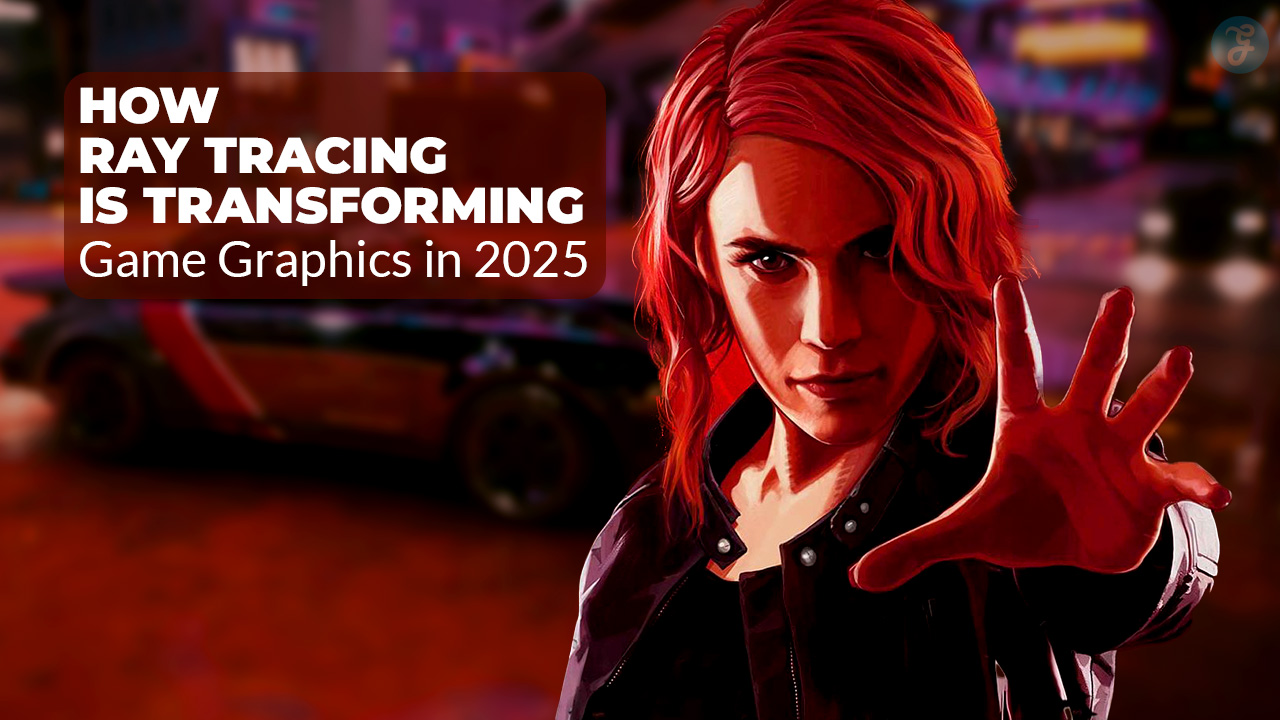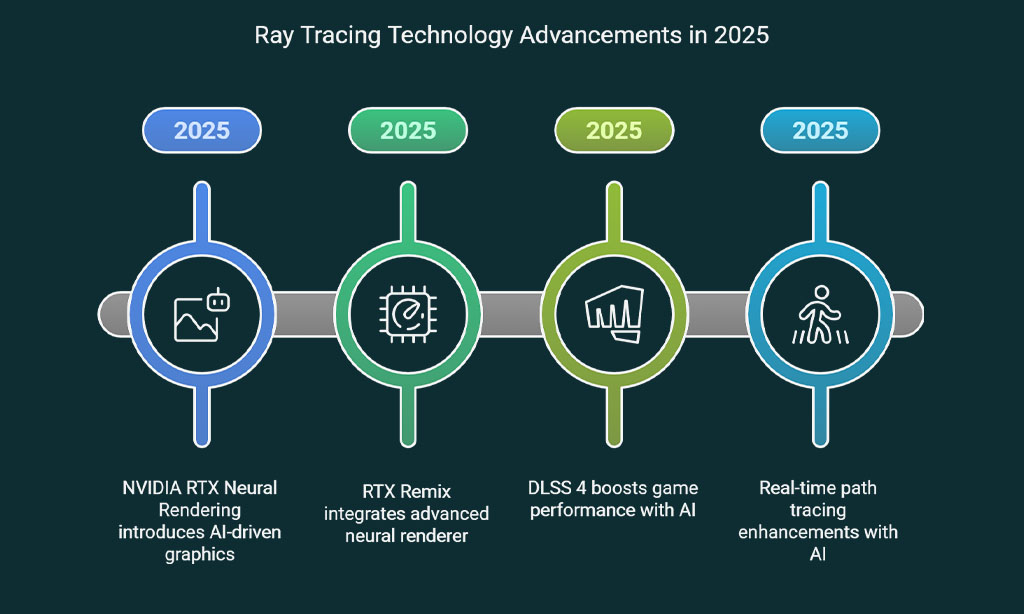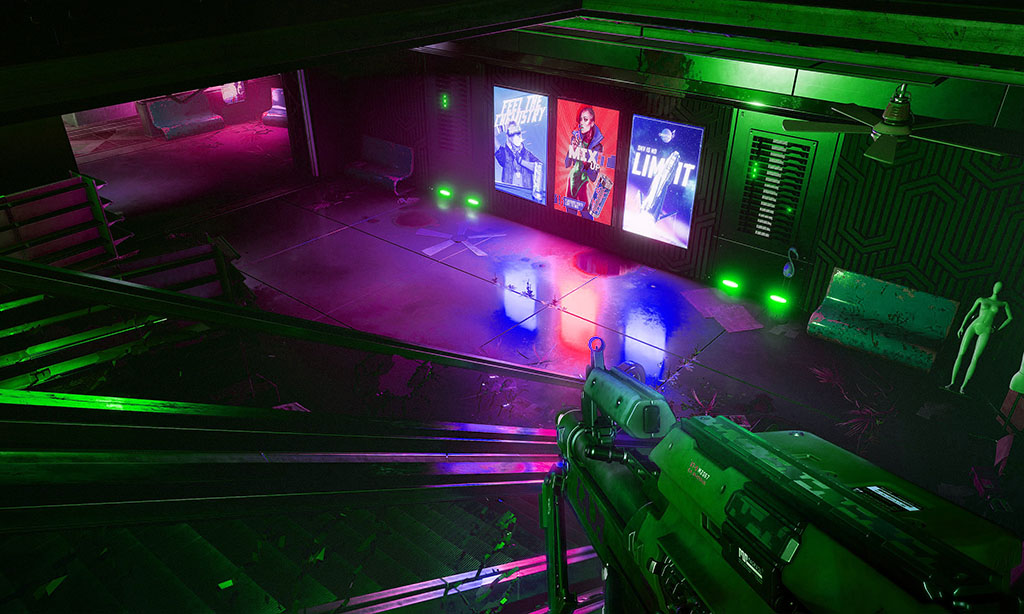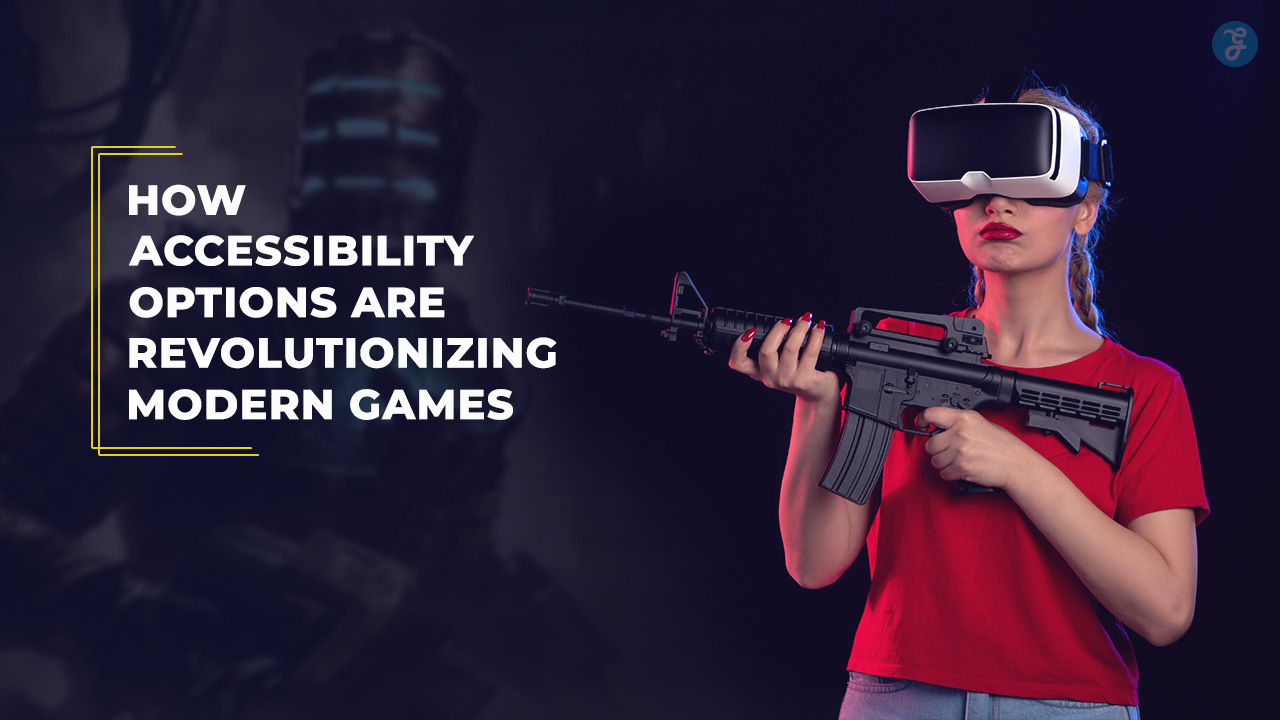Video games are stunning today, but in 2025, they look even better. Gamers often want more realistic graphics with smoother lighting and reflections. But sometimes, their hardware struggles to keep up.
Ray tracing is changing this scene fast. It makes light and shadows in games appear lifelike by tracing how rays of light move. Tools like NVIDIA RTX and DLSS 4 boost visuals while keeping games running smoothly.
This blog will explain how ray tracing reshapes gaming graphics now—and what it means for you as a gamer.
Keep reading to see the future of gaming!
Advances in Ray Tracing Technology in 2025
Ray tracing has grown by leaps and bounds. New tools now boost game graphics, making them sharper, faster, and more lifelike.
NVIDIA RTX Neural Rendering
NVIDIA RTX Neural Rendering pushes gaming graphics to a new level in 2025. It uses AI to make light, shadows, and reflections look almost real. This tech improves textures by compressing them smartly without losing sharpness.
RTX Remix now comes with an advanced neural renderer, offering smoother animations and faster performance.
Tensor cores give this rendering power by handling huge amounts of data quickly. Games like Half-Life 2 RTX showcase its lifelike visuals using neural shading tools. With support for DirectX 12 and programmable shaders, developers can create richer worlds filled with detail.
DLSS 4 and its impact on game performance
DLSS 4 boosts game performance while keeping graphics sharp. It uses AI-based multi-frame generation to predict and fill in frames quickly. This makes games smoother, even on older gaming hardware like the RTX 2060 Super.
Deep learning super sampling also reduces the workload on GPUs by lowering resolution but still delivering a crisp output.
Games with real-time ray tracing now run faster thanks to DLSS 4’s smart rendering process. Players can enjoy rich visuals, including detailed reflections and lighting, without frame rate drops.
The technology works well with tools like Microsoft’s DirectX and NVIDIA RTX cards, pushing visual fidelity to new heights for modern titles.
Real-time path tracing enhancements
Real-time path tracing in 2025 is faster and sharper. NVIDIA RTX Neural Rendering blends AI with ray tracing. This boosts lighting effects, shadows, and reflections to look real. Path tracing gets a big lift from neural supersampling and denoising tech.
These cut noise while keeping visuals smooth.
RTX Mega Geometry steps up the game for scenes with heavy details. Developers can now use more triangles, creating richer environments without slowing performance. Games like Half-Life 2 RTX showcase this progress beautifully.
The result? More lifelike worlds across platforms using NVIDIA’s advancements in gaming hardware and software tools like DLSS 4 or Microsoft DirectX (DX12).
AI Integration in Ray Tracing
AI is reshaping game graphics. It boosts rendering speed and transforms visuals into lifelike scenes.
AI-driven shading and rendering
Neural shading in 2025 changes how light and textures appear in games. RTX Neural Shaders make this possible by using NVIDIA’s AI tools to simulate lifelike materials faster. Games with GeForce RTX cards, like Half-Life 2 RTX, now feel more realistic due to smarter rendering methods.
This reduces the need for heavy manual work from game developers. Tools like DLSS 4 also enhance frame rates while keeping high visual fidelity.
NVIDIA ACE creates NPCs and game worlds that feel alive by relying on neural rendering techniques. AI speeds up path tracing, which allows real-time lighting effects without lagging gameplay.
Advanced graphics pipelines using tensor cores process millions of triangle primitives smoothly, enabling sharper details in every frame generation step. These innovations help deliver visually stunning environments through Unreal Engine 5 and beyond.
Creation of lifelike game environments with NVIDIA ACE
NVIDIA ACE uses AI to make game worlds feel alive. It creates realistic characters and environments. With tools like RTX neural rendering, details stand out more than ever. Shadows, light, and textures look natural, almost real.
Developers use NVIDIA ACE to bring NPCs (non-playable characters) to life. These AI-driven systems allow NPCs to respond in smarter ways. This boosts user experience with better immersion in games like those built on Unreal Engine 5 or Direct3D platforms.
Benefits of Modern Ray Tracing for Gamers
Games now shine with sharper details and realistic scenes. Every shadow, reflection, and glow feels alive, pulling players deeper into the action.
Ultra-realistic lighting and reflections
Ray tracing in 2025 makes lighting look real. NVIDIA RTX cards trace rays of light to mimic how they work in life. Shadows are softer, and reflections are sharper, even on shiny surfaces like water or glass.
Real-time path tracing boosts this effect with better denoising and neural supersampling.
Games running on Unreal Engine 5 now feature lifelike environments. Light bounces naturally across walls, floors, and objects using RTX Mega Geometry tech. This allows more triangles for detailed scenes without slowing frame rates too much.
Even older games like Half-Life 2 RTX get stunning upgrades with new tools like RTX Remix for remastered visuals.
Enhanced visual fidelity across platforms
Games look sharper on every device in 2025. RTX Mega Geometry helps render complex scenes with more detail. Developers can now use millions of triangles for smoother environments. NVIDIA DLSS 4 boosts visuals while keeping frame rates high.
Real-time lighting feels natural, bringing lifelike reflections and shadows to all platforms. From gaming laptops to powerful PCs, ray tracing ensures consistency across devices. Players experience better texture filtering and richer graphics everywhere they play.
Challenges and Limitations of Ray Tracing in 2025
Ray tracing in 2025 brings jaw-dropping visuals, but not without a price. It demands powerful hardware, making it tough for many players to keep up.
Hardware costs and accessibility
High-end graphics cards like NVIDIA RTX 20-series and newer models remain pricey in 2025. Many gamers face steep costs for devices that can handle real-time ray tracing and path tracing.
Prices of GPUs often exceed $1,000, making top-tier visuals a luxury.
Not all platforms support raytraced features equally. Consoles offer some affordable options but lack the full capabilities seen on powerful PCs with DLSS 4 or RTX Mega Geometry. This gap limits accessibility for players seeking ultra-realistic gaming experiences without spending a fortune.
Performance trade-offs in demanding games
Ray tracing demands a lot of power. Games with real-time path tracing or RTX Mega Geometry can strain hardware. This can lower frame rates, even with NVIDIA GeForce cards using DLSS 4 for boosting performance.
Gamers might need high-end GPUs, like those with Tensor Cores, to handle the extra load. Without them, visual fidelity drops or stutters happen in fast-paced games. Gamers may also face higher costs as cutting-edge gaming hardware becomes essential for smooth play in 2025.
Takeaways
Games in 2025 look better than ever, thanks to ray tracing. Light and shadows now mirror reality with stunning detail. New tools like DLSS 4 and RTX Neural Rendering boost performance while keeping visuals sharp.
Developers use AI to create lifelike worlds that feel immersive and real. While some hardware costs stay high, progress keeps pushing boundaries for players worldwide. The future of gaming graphics is bright, bold, and full of possibilities!
FAQs
1. What is ray tracing, and why is it important for game graphics in 2025?
Ray tracing simulates how light behaves in real life, creating realistic shadows, reflections, and lighting. In 2025, it’s transforming gaming by improving visual fidelity through technologies like NVIDIA RTX and Unreal Engine 5.
2. How does DLSS (Deep Learning Super Sampling) improve ray tracing performance?
DLSS uses AI to boost frame rates while keeping high-quality visuals. By leveraging tensor cores on GPUs like NVIDIA RTX cards, it balances smooth gameplay with detailed graphics.
3. What role do neural rendering and neural shading play in modern games?
Neural rendering improves image quality using AI techniques like multi-frame generation and neural texture compression. Neural shading adds lifelike details to surfaces, enhancing realism without sacrificing speed.
4. Are game developers adopting path tracing over traditional methods?
Yes, many are switching to path tracing because it calculates light paths more accurately than deferred lighting or other older techniques. Games like Half-Life 2 RTX showcase its potential for stunning environments.
5. How does gaming hardware handle advanced features like RTX volumetrics or texture streaming today?
Modern GPUs from companies such as NVIDIA Corporation use innovations like RTX mega geometry and DLSS 4 to process complex effects efficiently while maintaining stable frame rates on cutting-edge hardware.
6. What’s the connection between NVIDIA Lightspeed Studios and groundbreaking titles in 2025?
NVIDIA Lightspeed Studios collaborates with developers to push boundaries of real-time ray tracing using tools like HLSL shaders and cooperative vectors—redefining what’s possible in computer graphics for future games!






































